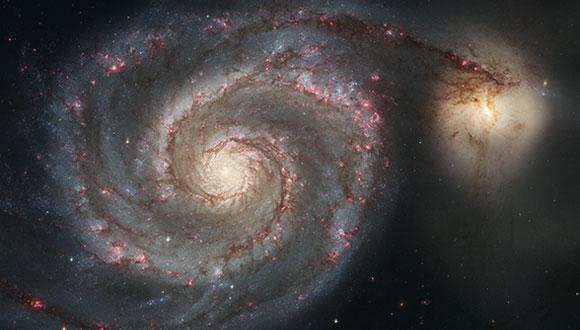Astronomy & Astrophysics Seminar: Flash Spectroscopy and the Environment of Massive Stars: What we can Learn from the First Week of a Supernova
Rachel Bruch, Weizmann Institute of Science
Zoom: https://tau-ac-il.zoom.us/j/89636068691?pwd=YkVoWG9laTFPZHVENWovQ1FWczUvQT09
Abstract:
Flash spectroscopy results from a brief and strong illumination of circumstellar material shortly after the explosion of a massive star, which induces emission lines of highly ionised species such as He II, N III and C III. These emission lines usually disappear within a few days after explosion, making observations difficult. They are however a unique and reliable marker for probing the presence of CSM around supernova progenitors. With the advent of modern astronomical surveys (such as ZTF), we looked for supernovae within a <2.5d from explosion and gathered a sample of SN II with such early-time spectroscopy. We measured how common flash features are, finding that 60% (>30% ay 95% CL) of SN II show flash ionisation features. In this talk, I will review the observational campaign to find flash ionisation features and introduce the new questions arising from this search.
Seminar Organizer: Dr. Iair Arcavi


